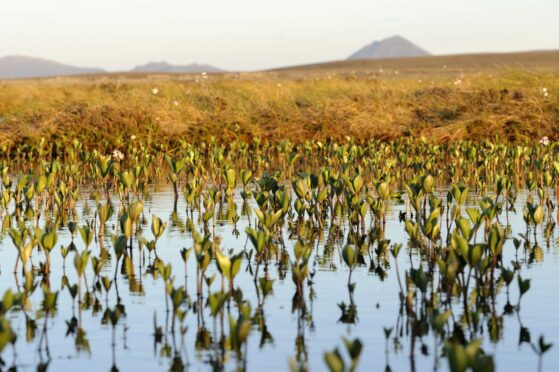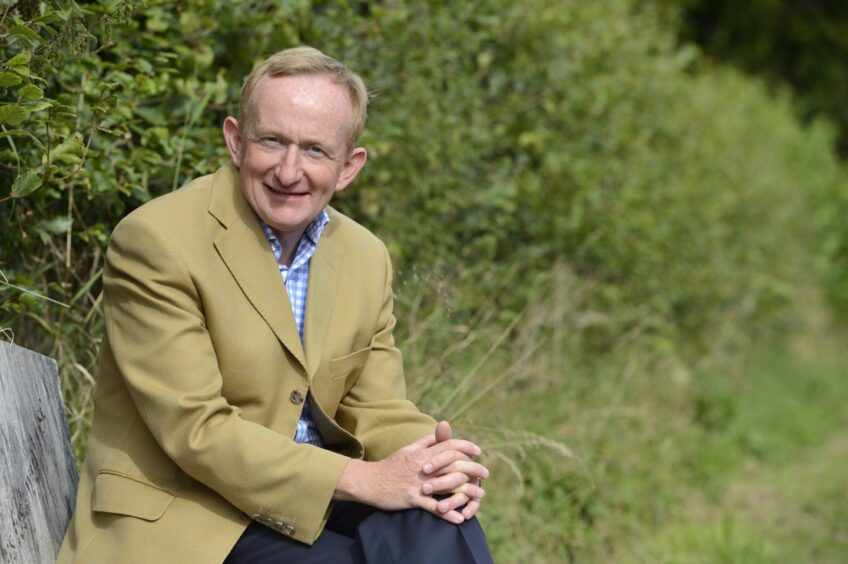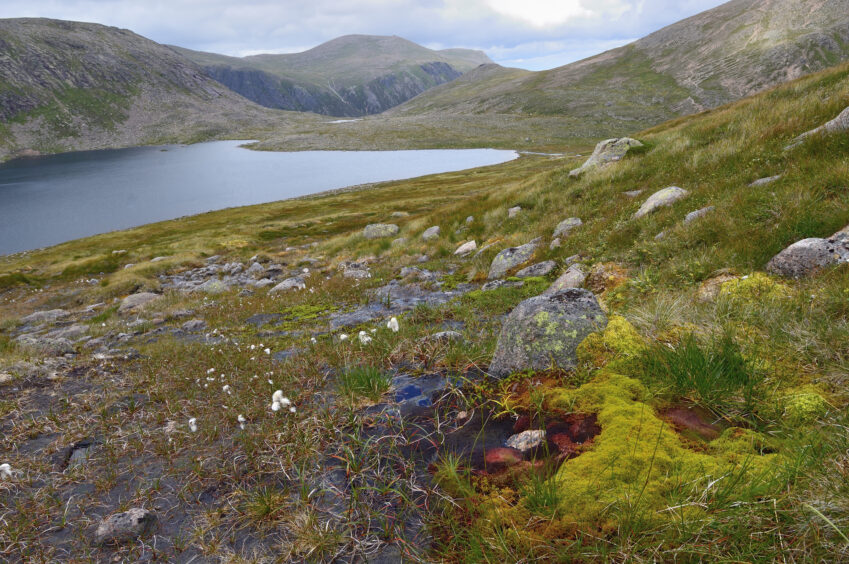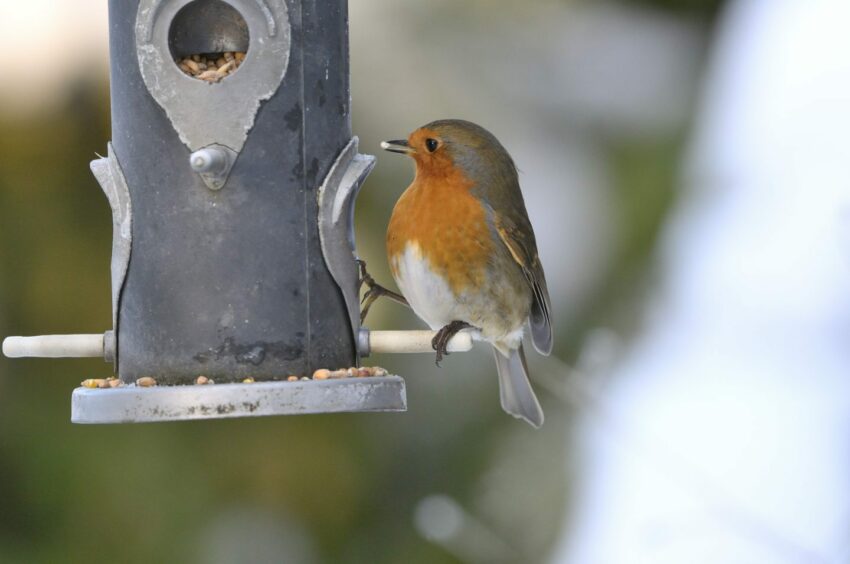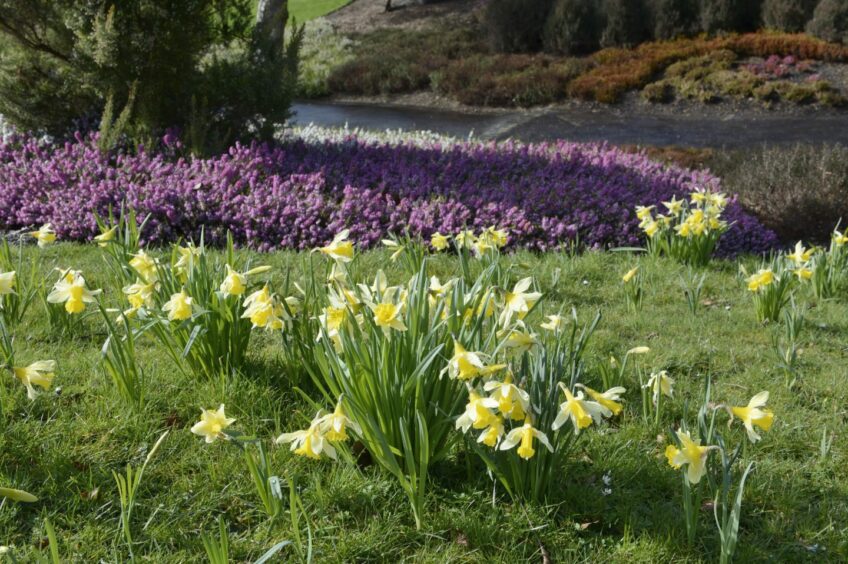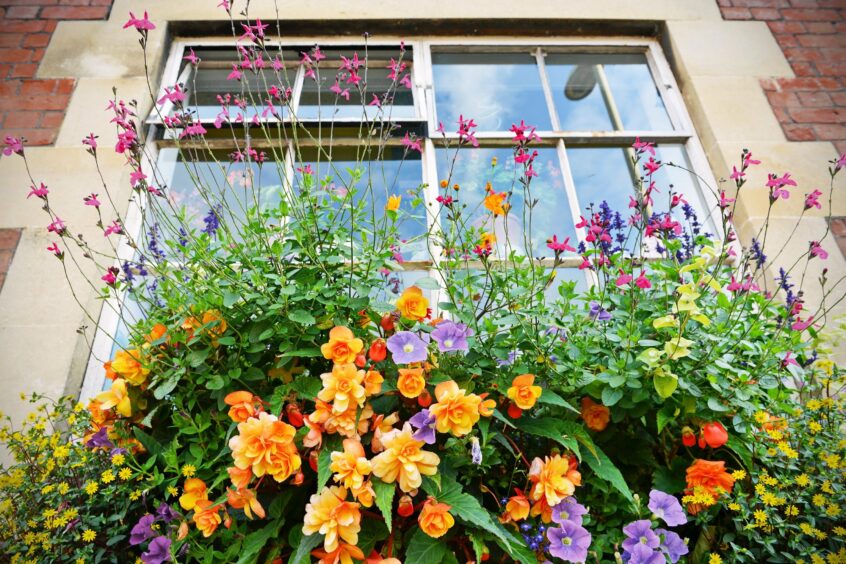The world united in the fight to protect our oceans from plastic pollution and now there is another challenge in Scotland and globally – boosting our biodiversity.
-
Some Press and Journal online content is funded by outside parties. The revenue from this helps to sustain our independent news gathering. You will always know if you are reading paid-for material as it will be clearly labelled as “Partnership” on the site and on social media channels.
This can take two different forms.
“Presented by”
This means the content has been paid for and produced by the named advertiser.
“In partnership with”
This means the content has been paid for and approved by the named advertiser but written and edited by our own commercial content team.
COP15, the UN’s biodiversity equivalent of COP26 in Glasgow, was held recently in Montreal where a commitment was agreed to halt and reverse biodiversity loss. It also aims to protect 30% of the earth for nature by 2030. In Scotland we have already committed to ’30 by 30′ aiming for at least 30% of our land and seas conserved for nature.
This is also crucial to hitting net zero emissions targets and adapting to the impacts of climate change. But, as Mike Cantlay, chair of Scotland’s nature agency NatureScot pointed out, we still have a long way to go in this country and “we want to get over to folk the enormity of what is coming”.
5 ways to safeguard future of Scotland’s natural heritage
So, how will these targets be achieved? Mike Cantlay, who has been chair of NatureScot for almost six years, explains a few ways Scotland is planning to boost biodiversity and how we can protect Scotland’s nature:
1) The creation of a new national park
The Scottish Government plans to create at least one new national park – which will complement Cairngorms and Loch Lomond & The Trossachs national parks. NatureScot fully supports and Mike says “it’s a very exciting development” .
He explained: “We have recently finished a consultation to help advise Scottish Ministers on how new areas could be selected. The selection process will be genuinely bottom-up – with nominations sought from across Scotland during the second half of 2023.
“Scottish Ministers are entirely open to proposals from anywhere in Scotland. One of the options might be a coastal and marine park which would be very apt, given the significance of our marine wildlife and landscapes and the role that such areas need to play in helping us restore nature and tackle climate change.
Ultimately, national parks are about nature, but they are also very focused on the people who live and work in these areas or who come to enjoy and be inspired by them. The seas are going to play such an important role, so you can see a marine park being attractive.”
2) The 30 x 30 plan
Scotland’s target is to ensure that 30% of our land and seas are conserved for nature by 2030. As well as this, 10% of our seas are to be highly protected by 2026, explained Mike. This is not just a national target, but a global one, as an official agreement was rubber-stamped at COP15.
Mike added: “The biodiversity COP agreed the target of 30×30 in December. We are already working with stakeholders to develop our approach to delivering 30×30 in Scotland and ensuring that this is part of a wider nature network to connect together important sites and let nature thrive and deliver a host of benefits.”
3) Becoming net zero and ‘nature positive’
Mike explained: “Nature has been declining for many, many years in Scotland. Things are bad and in parts getting worse. So, NatureScot is working towards halting the biodiversity decline by 2030 and substantially restoring and regenerating it by 2045.
He added: “We want to see wildlife abundant and thriving in places which have experienced decades of decline.
“Of course, climate change makes all of this more challenging. I want everyone to have in their heads the vital importance of reaching net zero by 2045, along with seeing nature substantially regenerated in a little over 20 years.”
“Remember, nature is climate and climate is nature,” Mike stressed.
“Looking after nature massively ensures we are more likely to overcome the climate emergency. And if we can do all we can to reduce carbon emissions, nature stands a better chance of adapting to the changing climate.”
4) Restoring peatlands
Scotland is in a unique position as it is home to 15% of the world’s peat. However, if not protected, peat pours out carbon. With so much peatland in Scotland and much of it degraded and emitting carbon, we are well placed for peatland restoration projects.
Through the Peatland ACTION project, several hundred sites are on the road to recovery, supporting us in meeting climate net zero targets, as well as boosting biodiversity.
Mike said:
Peat is a magnificent store of carbon. The problem Scotland has is that around two million hectares of our peatlands are degraded and dried out which releases substantial amounts of carbon – around 15% of our carbon emissions come from degraded peat.
“This came about because much of our uplands were drained to support livestock farming and other land uses. Now, we need to repair and re-wet these areas so that peat no longer emits carbon.
“A huge amount needs to be done, on some quite difficult terrain, but it is entirely achievable – and the benefits are tremendous.”
This is another example of a project that NatureScot will help deliver.
5) Stop waste – the step beyond recycling
The approach of relentlessly taking materials from the land, making things from them, only to eventually discard them as waste or recycle them, is firmly based in our economy. This has contributed to the nature-climate emergency.
Mike said: “There is another way – the circular approach. Working with a green, circular economy ensures products and materials are not discarded but kept in circulation, either still as the same product or, when they can no longer be used, as components or raw materials.”
This applies as much to purchases of things like food, as to manufactured products. This green approach asks us all to question our purchases – do I need this item and is it produced sustainably?
Mike urged: “Don’t’ waste a thing. Anything you waste, whether it is food, wood, or even woollen jumpers, is a product of over-production. Put simply, every food scrap you discard means that somewhere in Scotland, or even further afield, land has been put to waste in producing something not needed or wanted.”
What can I do to help nature in Scotland?
“No government will fix this on its own,” admits Mike. “It’s not practical. To deliver the objectives we want in terms of a thriving, diverse and resilient eco-system adapting to climate change, it will take a national endeavour. Everybody has a role to play in helping to support this.
Everyone across Scotland needs to understand the challenges nature is facing, the importance of fixing nature and the roles we can play in achieving change – because it will take everyone coming together to achieve that.”
So, what can we do to help play our part?
-
If you are a farmer
Famers have a significant role to play as food production is vitally important. There are also opportunities for farmers to take stronger measures to protect their soil. Farmers can also plant hedgerows, rather than building fences or walls. Hedgerows are very helpful in terms of biodiversity.
-
If you are a keen gardener
In your garden there could be opportunities to plant trees, which are good for carbon and biodiversity. Flowering plants and wildflower mixes are also recommended.
-
If you don’t have a garden
Window boxes are great for pollinators, like bees. If you live in the city, you could get a window box. Plant flowers in it as this creates a ‘corridor’ for bees. This would enable bees to be able to navigate from pollinator to pollinator.
· If you have spare time
You can also help through volunteering. There are many charitable organisations that plant trees and reduce invasive species, encourage pollinators, observe and count species and much more. If you do that, you will play an individual role in helping.
To find out more visit NatureScot.
